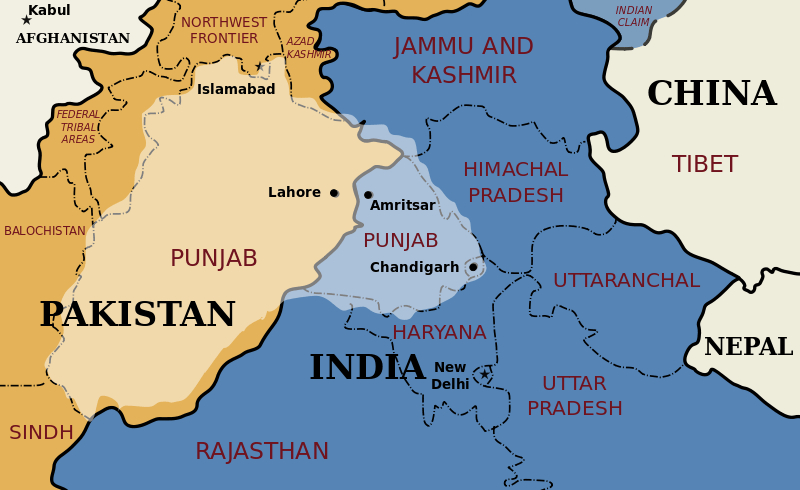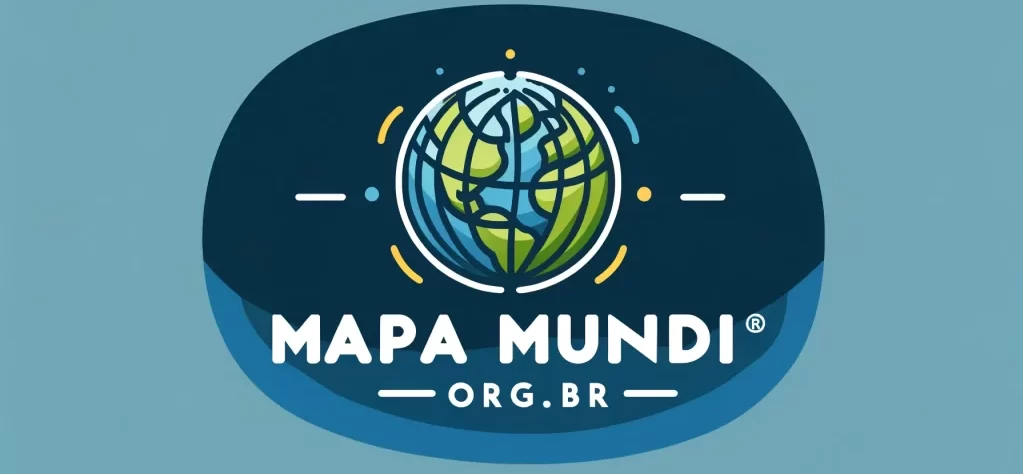
I treated in the article “India in commotion” of the conflict that the three laws enacted by the Indian government in September of last year regulating the process of commercialization of cereals have been unleashing in the agricultural community of India, especially in the Punjab region.
As outgoing, they modify the traditional process of commercialization of cereals that used to be carried out through a council created by the state governments., which theoretically guaranteed protection to farmers from exploitation by retailers. The law that regulated this system - "Essential Commodities Act, 1955” – on the 1955. For her, it was up to the member states to regulate the marketing of crops in auctions determined by the "Agricultural Production Market Committees", in specifically designated places, the calls “mandis". Era, thus, ensured to farmers a minimum price for their products., defined by these committees. There was, However, restrictions on who could act in these auctions, which raised suspicions of illegitimate interventions in the process.
The central government believes that large agribusiness companies acted in collusion with state authorities to set the price of goods, what affected the production, the supply and distribution of certain key products. The new set of laws aims to, thus, restrict those powers, mainly with regard to the disadvantageous sale by farmers of future crops. From this new legislation, they can market their products to anyone, and at any price.
However, what could have seemed like a good decision generated immense upheaval, especially among producers in the Punjab region., considered the granary of India. Let us remember that it was there that the so-called "Green Revolution" took place, in 1965, that made the country self-sufficient in food, which is not a small thing to take into account the huge population of India. The country depends on Punjab for food! And farmers claim that the new rules will leave them exposed to the voracity of the companies that exploit them., without the support of state governments, what, by the previous system they were guaranteed, at least, a minimum of organicity. That is, would be exchanging what they know, and know how to interact, for what seems to them such a complex adventure (dire??…) as to the system they are used to; would be, after all, "only switching bosses".
The Punjab Agricultural Community, in the vast majority of the Sikh religion, is reacting more and more violently to the central government. Not only the protesters occupied with their tractors the borders that define the limits between the states of Punjab and Haryana and New Delhi, how the spirits of opposition parties to the government of the Bharatiya Janata Party stirred up, of Prime Minister Narendra Modi. In celebrations of "Republic Day", in 26 past, they even occupied the Red Fort (Red Fort), one of the historical icons of the Indian capital. They were joined by the Jats, another important farming community, living in Haryana state, on the border with Delhi. How clashes between protesters and the local community have occurred, Delhi police blocked the roads leading to the capital. The internet in the region was also blocked.. In search of finding a way to negotiate, the central government has proposed to suspend the application of the law for 18 months and stated that the Minister of Agriculture, Narendra Singh Tomar, is ready to discuss – “just a phone call away” – the issue with the protesters, who so far have refused the talks.
these are the facts…but what underlies them?
The "hole" is much lower… Try, as a matter of fact, Narendra Modi's commitment to promoting and accelerating radical change in the Indian economy and society. Modi, ex-“Chief Minister” (governor) State of Gujrat, where he carried out a management considered very successful, has very defined personal characteristics: orthodox Hindu and affiliated with the Hindutva stream, that supports the predominance of the Hindu population – 79.8% – in the public life of the country, your government has been taking sides with other religions. sikhism, the religion of the vast majority of Punjab protesting farmers, is one of them.
And it mainly affects the Muslim community, the second largest in India (approximately 13%), and the third (10,3%) of the world. in December 2019, your government got the approval of the “Citizenship Law” (Amendment Act – CAA), under which, for the first time in India religion became a basis for granting citizenship. Indeed, this law specifically expedites asylum claims for irregular non-Muslim immigrants from neighboring Afghanistan's Muslim-majority countries, Bangladesh and Pakistan. she establishes, also, a citizenship verification process through a “National Register of Citizens” that identifies “illegal immigrants”, which arouses the fear of millions of Muslims who have lived in the country for many generations. This law affronts the Constitution of India, which in its preamble defines the country as “a sovereign Republic, socialist, SECULAR and democratic".
But, with such characteristics, Modi urgently needs to modernize the economy and, in this rush, has promoted changes that society, mainly the inhabitants of rural areas (65,53%), not prepared to face, such as the adoption of credit cards across the country and the “demonetization” of the economy. For this, the PM has the dedicated support of the urban business community.
By the way, what seems to be happening is a split in Indian society: on one side, the vast majority of the population, conservative and deeply religious that populates its villages, and on the other, the business and part of the political worlds, urban, who are in a hurry to overcome what they perceive as a disastrous gap between India and the advanced economies. This is a huge challenge., of which the agricultural issue of Punjab is just another example: tune in a “progressive” government, that envisions the balanced relationship between farmers – many illiterate smallholders – and the big businessmen and their companies, many transnationals, with the multiple realities of India. Possible?
What is happening now made me remember the murder of Indira Gandhi, in 1984, when I served at our Embassy in New Delhi and witnessed perhaps the most dramatic moments in my entire career. The reason for her death was the order she gave for the Indian army to invade the Golden Temple, de Amritsar, which is the seat – The “Vatican” – of the sikh religion, to bend the secessionist movement then led by Jarnail Singh Bhindranwale, who together with his Akali Dal party had started a rebellion to create an autonomous Sikh state in India, o Khalistan. would be Delhi – and Modi – provoking to repeat history and awaken a sleeping giant?
bold, or dysfunction? A mirror for other societies?
“To be continued”… I suggest to friends that they read the article below the site “Project Syndicate”:
Farmers vs. the Indian State | by Jayati Ghosh – Project Syndicate
